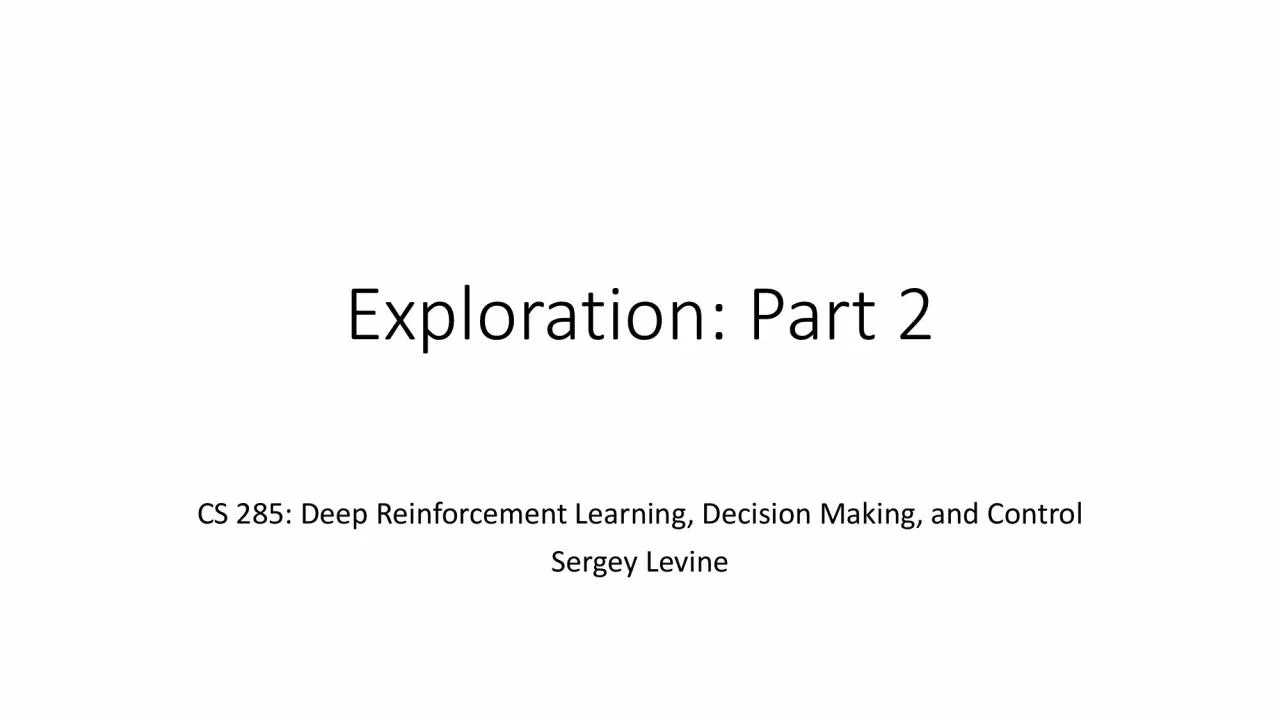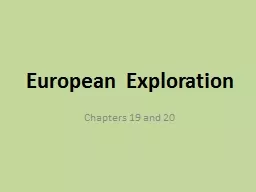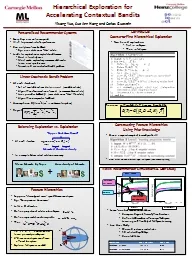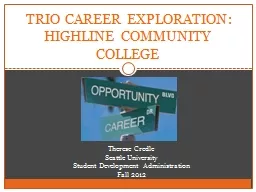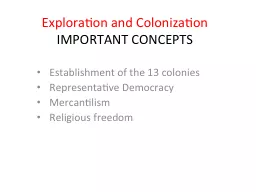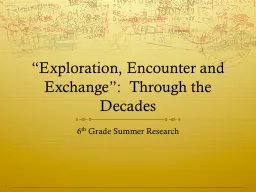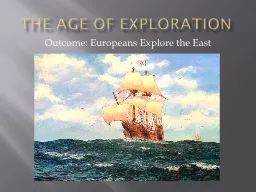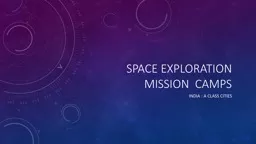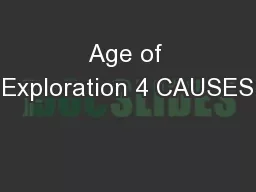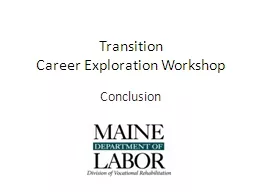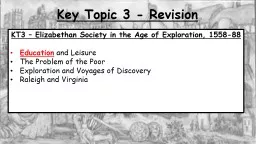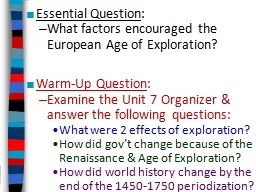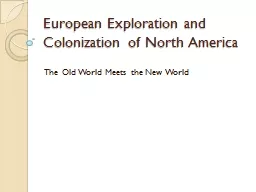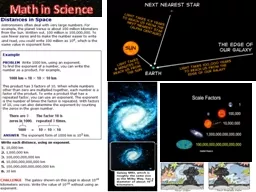PDF-Exploration Part 2
Author : yvonne | Published Date : 2021-09-15
CS 285 Deep Reinforcement Learning Decision Making and ControlSergey LevineClass Notes1Homework 4 due todayRecap whats the problemthis is easy mostlythis is impossibleWhyRecap
Presentation Embed Code
Download Presentation
Download Presentation The PPT/PDF document "Exploration Part 2" is the property of its rightful owner. Permission is granted to download and print the materials on this website for personal, non-commercial use only, and to display it on your personal computer provided you do not modify the materials and that you retain all copyright notices contained in the materials. By downloading content from our website, you accept the terms of this agreement.
Exploration Part 2: Transcript
Download Rules Of Document
"Exploration Part 2"The content belongs to its owner. You may download and print it for personal use, without modification, and keep all copyright notices. By downloading, you agree to these terms.
Related Documents

